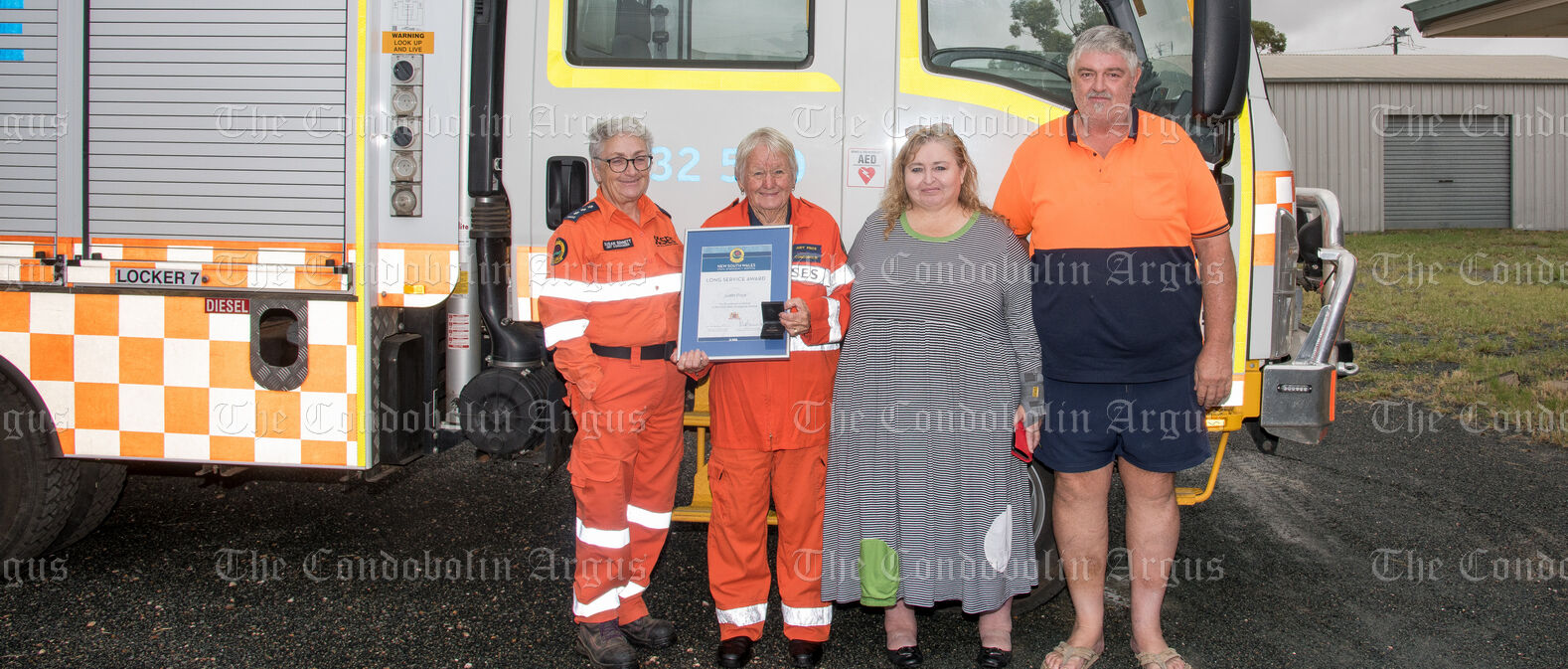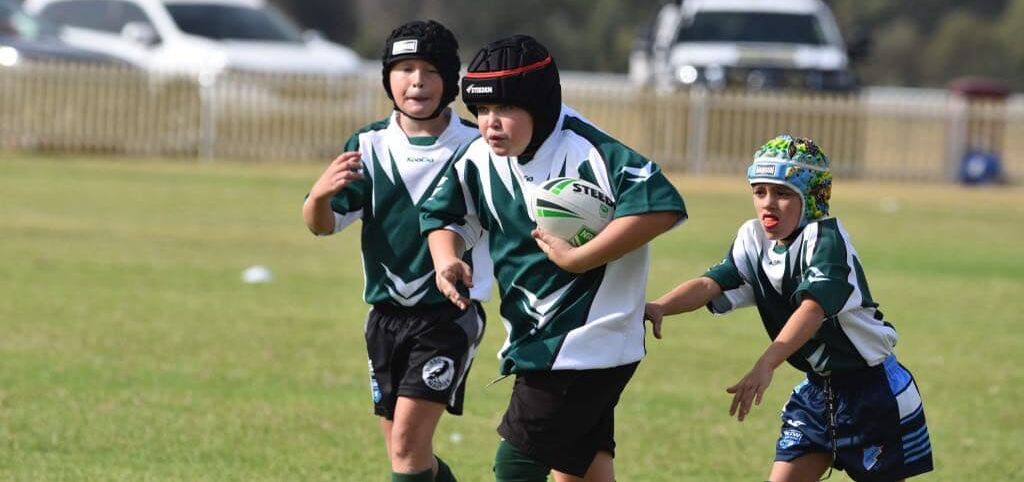RURAL LAND VALUES SOAR IN LACHLAN AREA
Rural land values have increased by a whopping 34.5 per cent in the Lachlan area, which includes Condobolin, as demand for broad acre rural properties remains high.
The NSW Acting Deputy Valuer General, Paul Chudleigh, published land values for the Central West region earlier this year. The land values reflect the property market at 1 July 2019.
The total land value for the Central West region increased by 11 per cent between 1 July 2018 and 1 July 2019 from $19 billion to $21.1 billion. Land values across the region have generally increased since 1 July 2018.
The Central West Region incorporates Coonamble, Dubbo Regional, Forbes, Gilgandra, Hilltops, Lachlan, Narromine, Parkes, Warren, Warrumbungle, and Weddin.
There was a strong increase of 13.9 per cent in rural land values. Very strong increases were recorded in Forbes (48.6 per cent), Lachlan (34.5per cent) and Weddin (25.8 per cent) local government areas which were generally associated with local demand for broad acre rural properties. Attributing factors were strong commodity prices locally and overseas with infrastructure projects underway or completed.
The movement of residential land values varied with a slight increase overall of 3.4%. Slight increases were experienced in Dubbo Regional (2.5 per cent), Hilltops (3.2 per cent), Warren (3.3 per cent) and Weddin (4.6 per cent). Strong increases were in Lachlan (16.8 per cent) which is considered affordable and close to larger centres, and Parkes (10.7 per cent) which will benefit from projects including the Inland Rail. The value of residential land in the region’s remaining local government areas remained steady.
Commercial land values generally remained steady. However, commercial land in Parkes (19.8 per cent) experienced a strong increase due to a strong commercial economy supported by large projects including the North Parkes copper and gold mine and Inland Rail. Hilltops (10.2 per cent) also experienced a strong increase particularly around the Boorowa town centre.
Industrial land values showed a slight increase of 3.3 per cent. Moderate to strong increases were in Hilltops (8.31 per cent) and Parkes (24.79 per cent) which continues to grow supported by the North Parkes mine.
In comparison, the total land value for the Western NSW region increased by 14 per cent between 1 July 2018 and 1 July 2019 from $3.3 billion to $3.8 billion.
This area takes in Balranald, Bogan, Bourke, Brewarrina, Broken Hill, Central Darling, Cobar, and Wentworth.
Overall rural land values in Western NSW, increased strongly by 16.8 per cent, led by Balranald (46.7 per cent) and Wentworth (28.3 per cent). In most locations increases were due to demand based on strong commodity prices.
In the Riverina region, the total land value increased by 12.2 per cent between 1 July 2018 and 1 July 2019 from $19.5 billion to $21.8 billion.
Bland, Carrathool, Coolamon, Cootamundra-Gundagai Regional, Griffith, Hay, Junee, Leeton, Lockhart, Murrumbidgee, Narrandera, Temora, and Wagga Wagga are all part of the Riverina region.
Rural land values increased strongly by 18.2 per cent in most of the region’s local government areas except Carrathool which experienced a slight increase of 2.9 per cent, and Bland which experienced a moderate increase of 5.1 per cent. Murrumbidgee experienced the strongest overall increase of 64.7 per cent, due to strong demand for irrigated rural properties from corporate buyers. Increases in rural land values were attributed to strong commodity prices despite drier than normal seasonal conditions.
Mr Chudleigh said property sales are the most important factor considered by valuers when determining land values.
“It is important to note that land value is the value of the land only and does not include the value of a home or other structures,” he explained.
The 1 July land values have been prepared by private contract valuers with expertise in their local areas working on behalf of the Valuer General, to determine new land values across the region.
Property NSW, part of the Department of Planning, Industry and Environment, has quality assured the land values for accuracy and consistency.
Mr Chudleigh said councils receive new land values for rating at least every three years. All councils have been issued with 1 July 2019 land values.
“Land values are one factor used by councils to calculate rates,” he stated.
“Changes in land value don’t always mean a change in council rates. Each council develops a revenue policy to use when calculating rates to fund services for the community. Councils make their draft policy available for public comment.”
Revenue NSW will use the 1 July 19 land values to calculate land tax for the 2020 land tax year.
By Melissa Blewitt.
Latest News
Judging at the Easter Show
On Wednesday March 27th at the Sydney Royal Easter Show, [...]
Celebrating Wiradjuri culture at Skyfest
Skyfest (miima-gu ngaanha) was held in at the Wiradjuri Study [...]
NRL Beyond the Goal Post Referee Program
On Tuesday, 2 April Condobolin High School students Jonah Grimshaw, [...]
Tyler and Darcy get selected
On Friday 15th March, Jett Woodward, Tyler Crofts and Darcy [...]
Judy’s service recognised
On Saturday, 6 April Judy Price was presented with her [...]
Getting to know Exhibition Photographers
Compiled by Melissa Blewitt An Exhibition showcasing what it’s like [...]










